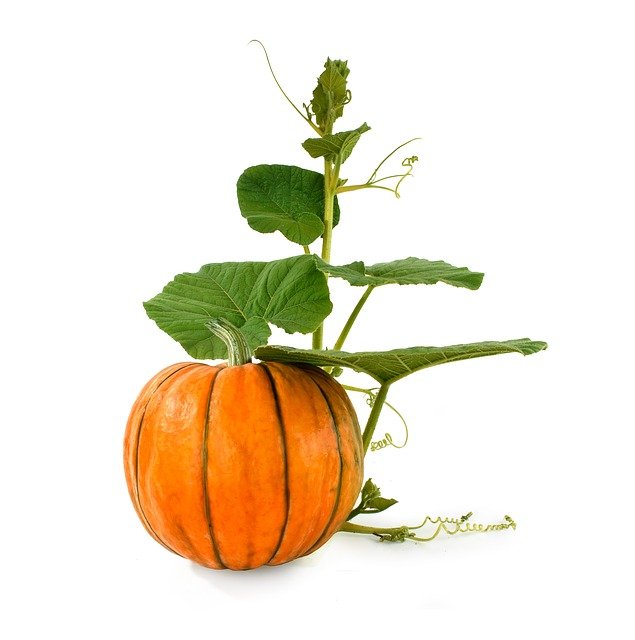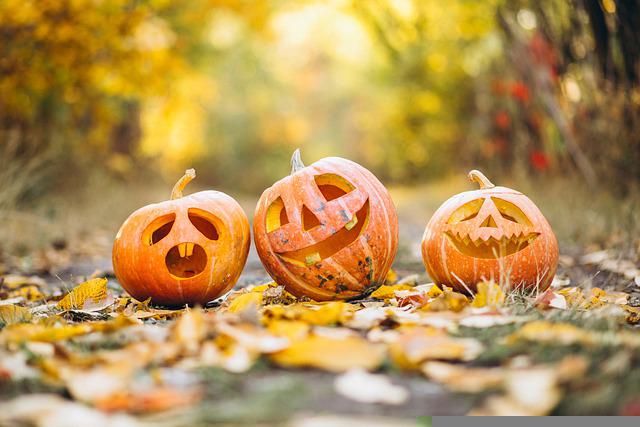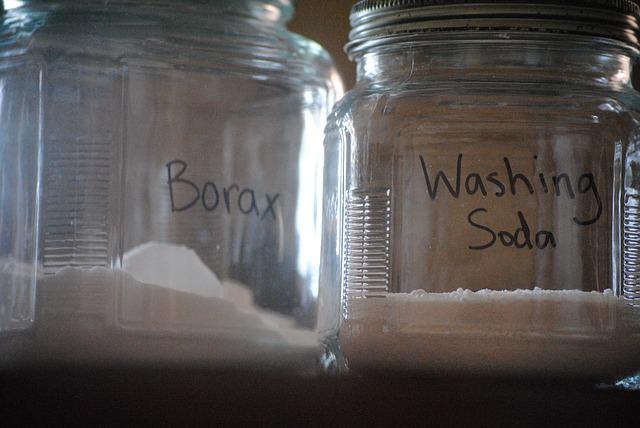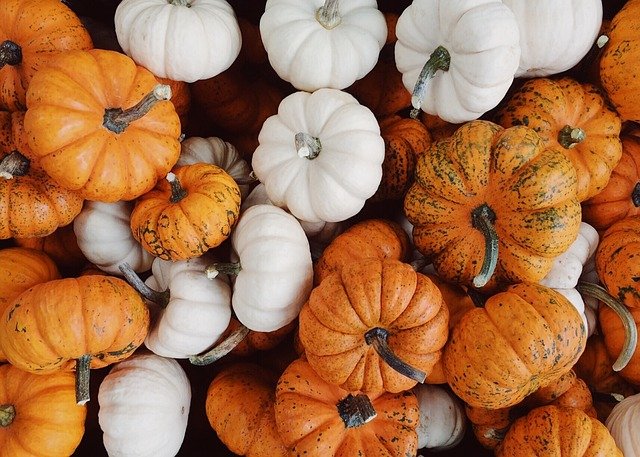How To Prevent the Pumpkin From Rotting? —15 Tips For Keeping Your Pumpkins Fresh Longer!

Pumpkin is a seasonal fruit that undergoes natural rot during the autumn months. This occurs due to moisture levels increasing and pumpkin cells breaking down. While this process isn’t harmful to your food, it does cause the decorating and eating of pumpkins to become more difficult.
You can take several steps to prevent the pumpkin from rotting. Store them in an environment with moderate humidity and away from direct sunlight. Don’t overfill your bowl or container. Mix fresh water and vinegar before adding them to the pumpkin to soak up both liquids. Place pumpkins in a cool, dark place for two weeks after picking them. Also, always wash your hands thoroughly before handling any raw fruits or vegetables!
But wait, there’s more, here are 15 tips for keeping your pumpkins fresh longer. Before that, let’s talk first about the shelf life of pumpkins.
Table of Contents
What Is the Shelf Life of Pumpkins?
Before Carving
Freshly harvested or store-bought pumpkins have a shelf life of one month at room temperature and two to three months in a cool, dark, and dry environment.
After Carving
Depending on the weather, pumpkins only last three to seven days after carving before rotting. Why? Pumpkins consist of 90 percent water!
14 Tips For Keeping Your Pumpkins Fresh Longer!
1. Pick the Best Pumpkin
Getting the right pumpkin is one of the most important things to ensure your pumpkin will last. You want a firm pumpkin that doesn’t have any soft spots. If there are soft spots on something, it will start to rot soon if it hasn’t already.
It’s also a good idea to visit a pumpkin patch near you to get a pumpkin that was grown nearby. It will keep your pumpkin from getting damaged or bruised on the way home.
2. Wash Out the Pumpkin
When cleaning out the insides of a pumpkin, you need to get rid of everything wet. This is the first thing you need to do to stop mold and mildew from growing.
Next, fill your spray bottle with a mixture of water and bleach. One tablespoon of bleach in one quart of water should do the trick. Use this solution to clean the pumpkin inside and out with bleach. The outside can be cleaned with a soft-bristled brush. It will get rid of any mold or bacteria waiting to eat your pumpkin.
Once your pumpkin is clean enough for you, let it dry out before you start carving.
3. Carve
You can proceed as usual with your pumpkin carving. Handling the bleach-sprayed pumpkin may ruin your clothes. It’s possible to rinse the bleach off your pumpkin after cleaning it, but this could introduce new bacteria into your pumpkin.

4. Bathe Your Pumpkin
This bath doesn’t require any bubbles. Some more serious solution, such as bleach, is required!
Add 23 cups of bleach to a bucket of water and stir to combine. Let it soak for up to 24 hours after adding your carefully carved pumpkin to the bucket! It will get rid of any bacteria that slipped through the cracks in the cleaning process and any new ones introduced during the carving process.
5. Alcohol
Keep it fresh and shiny. Rubbing alcohol can be sprayed on a pumpkin to keep it from rotting. Pumpkins can also be kept gleaming with floor cleaners.
6. Avoid the Sun’s Rays
UV rays degrade everything, including pumpkins. You can extend the life of your pumpkins by keeping them shaded from the sun.
While the orientation of your house and the location of your pumpkins may make this step difficult, keeping them out of direct sunlight will keep them looking their best for a longer period.
7. Cold Store Your Pumpkin
When they’re not on display, people in hot climates may need to keep their pumpkins in the refrigerator. Putting them in a plastic bag first will help to keep your fridge’s bacteria from invading the pumpkin.
Do not store your pumpkins in the refrigerator if you do not have enough room. Pumpkins decompose more rapidly in hot weather.
8. Moisturizer
Now that you’ve cut up your pumpkin use some petroleum jelly or WD-40 to seal in the moisture. WD-40 or vegetable oil can be used to coat the entire pumpkin for a shiny, long-lasting finish.
To keep the pumpkin from drying out, you must perform this step. Before you begin this process, you must thoroughly clean the pumpkin. If you don’t, you’ll end up with a rotten pumpkin in hours if you don’t remove the seeds.
9. Bleach
Spraying uncarved or carved pumpkins with bleach, including the inside, will keep them from rotting. 1 tablespoon bleach per quart of water is a good starting point. Bleach can also be used to soak pumpkins for about 20 minutes.
10. Borax
Commercially available pumpkin preservation sprays. Look for a solution that contains water, borax, and sodium benzoate.

11. Spray Up
Seal it in with hairspray and acrylic finish sprays: Hairspray and acrylic finish sprays can keep a pumpkin fresh for a long time. Mold is also avoided.
12. Put It On Shade
Do not place the pumpkin in direct sunlight. Instead, place it in the shade. This will accelerate its decomposition. If you don’t have a shady place to display it, you can place it in the refrigerator.
13. Rehydrate
Pumpkins will shrivel and lose moisture at some point, no matter what you do. Make sure your pumpkins get enough water every day by using a spray bottle.
Adding a few drops of bleach may help keep your pumpkin clean of bacteria that may have gotten on it from outside.
14. Oil
Pumpkins can be protected from rotting by using vegetable oils. First, pat the pumpkin dry before applying oil to the surface. You can also try rubbing your pumpkin with coconut oil.
15. Vinegar
If you find your pumpkin is beginning to rot, dip it in some white vinegar. The acid in the vinegar will help protect against mold and decay for about a week or two. If necessary, gently dry-wash the pumpkin under running water after dabbing with white vinegar, as this may remove any remaining wax from its skin.
How to Prevent Pumpkin Rot On The Vine
- Pumpkins take a long time to get ready to pick. Depending on where you live, this could make it more likely for your homegrown crops to rot on the vine before they are even ready to eat. The good news is that you can get rid of rotten pumpkins and still have a good harvest if you know a few tricks.
- First, don’t water the vine until it starts to bear fruit. Once the pumpkins start to grow on the vine, make sure to only water the vine’s base and limit how much water gets on the pumpkins.
- The airflow around your pumpkins is something else to think about. Cut back the plants that are growing too close to your pumpkins. It will help get more air to your pumpkins and keep them from going bad too soon.
- Pumpkins still on the vine often go bad because they touch moist soil. Put a piece of cardboard under each pumpkin to keep the wet soil from getting to the pumpkins. You won’t have this problem if you grow your pumpkins on a trellis and keep them off the ground as they grow.
- You could try using hills or raised beds. Next year, if you have a lot of issues with the fruit rotting, you should try planting it in raised bed planters or hills that are about three to four feet wide. Plant approximately three to four seeds in each planter or hill, and then thin the resulting crop to one or two plants. When the pumpkins have reached their final stage of development, raise the fruits to the top of the planters or beds so that any excess water can drain away. Pumpkins can be grown vertically on a trellis or fence in smaller gardens. To support the heavy fruit, you can make small hammocks out of bean or pea netting.

